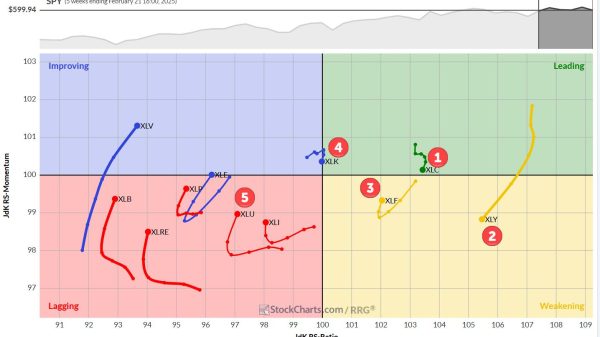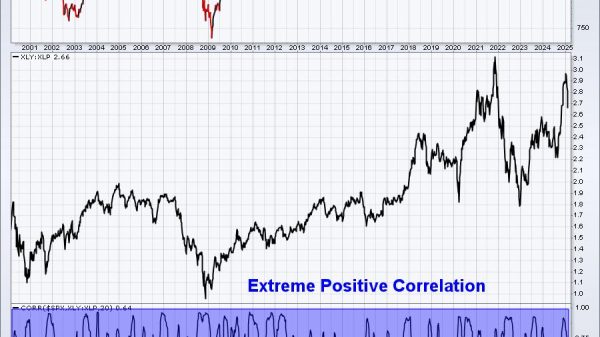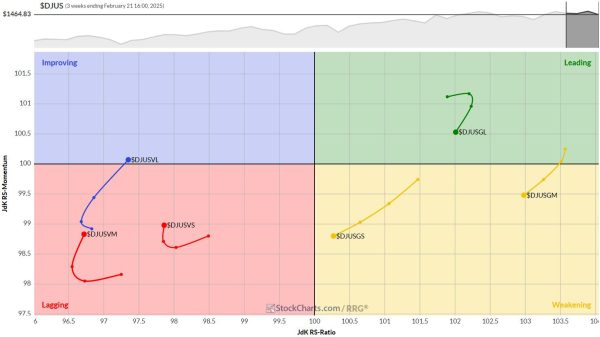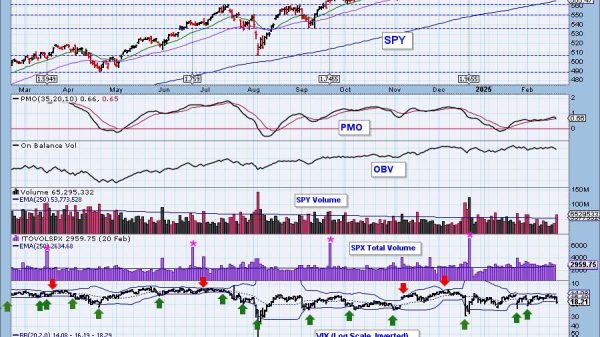David J. Bier
President-elect Trump is promising to slash both legal and illegal immigration during his second term in office. He also wants to deport millions of immigrants who have entered the country illegally, as well as those who have come legally in recent years (through a lawful process known as parole). In this post, I review the data on what we know about America’s new immigrants.
As of March 2024, the Current Population Survey Annual Social and Economic Supplement (ASEC) records that 7.6 million immigrants who entered since January 2020 were living in the United States (excluding those in “group quarters”). Although it is not possible to exclude the 2020 cohort, this group primarily includes immigrants who entered during the Biden administration. Nearly half of these immigrants, 3.7 million, were already employed by that time, while 4 percent were unemployed. Another 21 percent were children or in high school, and 6 percent were in college. The rest were split between homemakers (8 percent), elderly (4 percent), and other groups (8 percent).
Compared to US-born Americans, immigrants were slightly more likely to be employed and more likely to actively look for a job. They are significantly more likely to be enrolled in college and much more likely to be homemakers while being much less likely to be retired. Remember that for many new immigrants, working in the United States is actually illegal, so it is remarkable that they nonetheless find jobs at such a high rate.
The share of immigrants who find jobs grows over time. By March 2024, 54 percent of immigrants who arrived in 2020 and 2021 were employed, compared to 46 percent of those who arrived between 2022 and March 2024—which was the same as the employment rate for the US-born population. According to the survey, new immigrants accounted for 78 percent of all employment growth from 2019 to 2024. On average, new immigrants are about seven years younger than the US-born population, and a majority (53 percent) are between the ages of 25 and 54, compared to only 36 percent of the US-born population.
New immigrants over the age of 25 are somewhat more likely to have college degrees than the US-born population: 44 percent versus 39 percent—but they are also less likely to have a high school degree (81 percent versus 95 percent). This bifurcation means that they are even more likely to be complements rather than substitutes for US workers. Furthermore, employed immigrants had about the same average wage and salary income as their US-born counterparts.
New immigrants tend to work in different jobs compared to the US-born population. For instance, they are 511 percent more likely to work in production jobs and 95 percent less likely to work in legal jobs. Although they are equally likely to work in construction and extraction, they are 565 percent more likely to work as construction laborers rather than occupying more skilled positions within those fields. Again, this means more complementarity between immigrants and US-born workers. New immigrants are choosing to settle in the states and industries where there are job openings.
Immigrants are also moving to states where jobs are being created, so immigrant job growth is moving up alongside increased employment for Americans. Of course, a decline in US-born employment does not mean that immigrants have displaced US workers. Instead, it is more likely that fewer US workers were entering the labor force than were retiring, thanks to America’s low fertility rates and aging population. As of 2024, the US-born prime-age employment rate has risen to near all-time highs. Americans are not being displaced by other Americans.
Immigrants are working for the United States. According to the Congressional Budget Office (CBO), just the increase in immigration from the “illegal” or semi-legal population (like asylum seekers and parolees) will increase US gross domestic product by a cumulative $8.9 trillion over the 2024 to 2034 period. It will also reduce the US deficit by a considerable $897 billion over that period—with the reduction reaching $117 billion annually by the end of the period. Remember that this group is much less skilled and has lower earnings than the entire group of new immigrants. The CBO only estimated the economic impact of those entering the country without a visa; had it included all new immigrants, the overall effect would have been even greater.
I recently extended the CBO’s analysis in a paper published this week, showing that recent illegal immigrants will likely be a net fiscal benefit to the federal government of about $4.9 trillion over their lifetimes in net present value (meaning discounting costs and revenues in the future). The average immigrant—both legal and illegal—is likely to be positive over half a million dollars over their lives in net present value.
The United States would suffer if immigration were greatly restricted or if there was an effort to remove those immigrants who are already here. The United States is about 35 million workers short of what the Social Security Administration says it will need to fund its liabilities in the 2030s. Labor force growth has fallen by two-thirds since its highs in the 1960s. To return to the labor force growth rate of the 1980s, America would need a net increase of 50 million more workers. In contrast, the last decade saw a net increase of just 7 million—with almost all of this growth coming from immigrants.
The United States would benefit from more immigration, not less.























